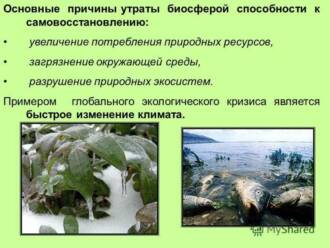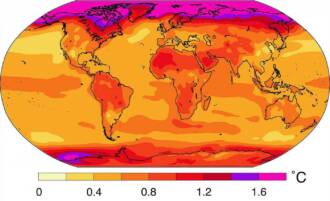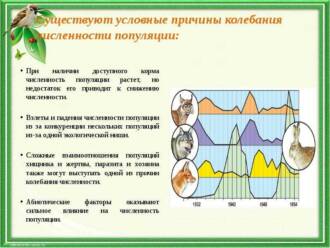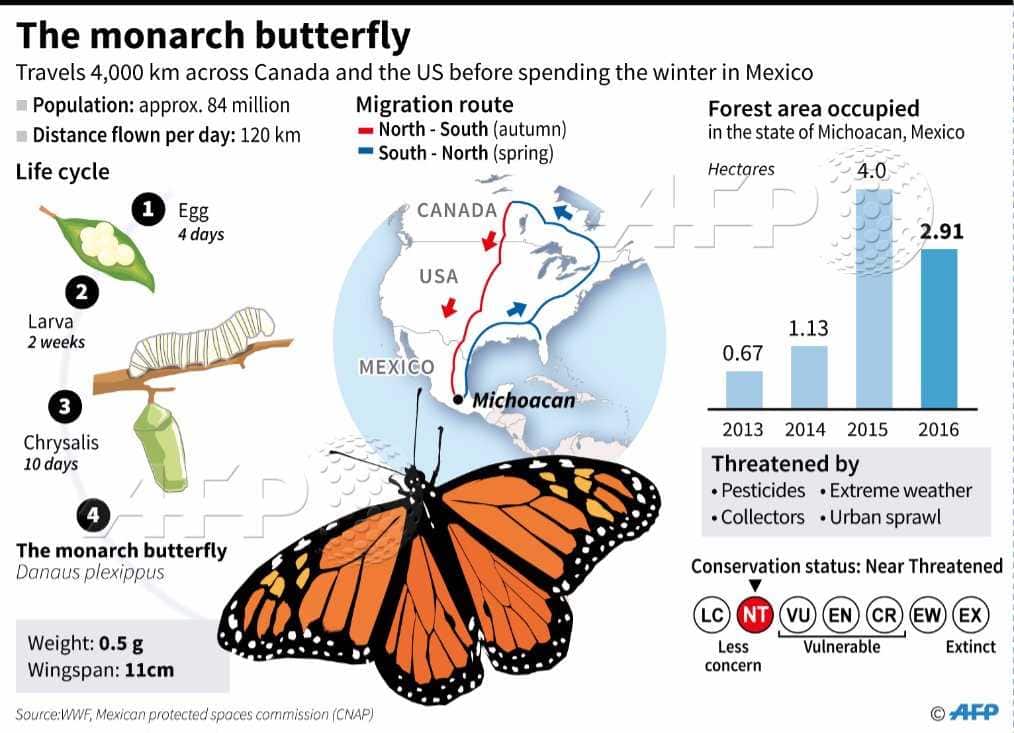
In recent decades, climate change has become one of the most serious threats to biodiversity on the planet. They have a negative effect on many species of animals, including butterflies. Butterflies are an important part of the ecosystem, serving as pollinators and as a source of food for other animals. Climate change can greatly affect their migrations and ultimately lead to a reduction in their numbers and diversity.
One of the main reasons why climate change affects butterfly migration is changing temperature conditions. Butterflies depend on certain temperatures for their development and migration. An increase in temperature can lead to a shift in the distribution of butterflies as they seek out cooler areas. This can change their migration routes and timing of migration, which can create conservation issues for many species.
In addition, climate change can also affect food availability for butterflies. They depend on certain plants for their nutrition and reproduction. Climate change may lead to changes in plant phenology, such as changes in flowering times or the availability of certain plant species. This can have a negative effect on the butterflies, as they may not find enough food to survive and reproduce, which may eventually lead to a decline in their numbers.
Impact of climate change on butterfly migration

Climate change has a significant impact on the migration of butterflies, changing their habitual routes and behavior. The warming of the planet leads to a change in temperature conditions, as well as the distribution of precipitation. This in turn affects the vegetation on which the butterflies feed and breed.
Increasing temperatures and changing seasonality affect the development of butterflies and their opportunities for migration. Some species of butterflies may be facing a reduction in the resources available to them, such as food and breeding sites. This can lead to a decrease in the number of populations, and in some cases even to the extinction of individual species.
Precipitation change also influences the migration of butterflies. An increase or decrease in rainfall can change the availability of food for butterflies at various stages of their life cycle. For example, lack of moisture can reduce the number of plants on which butterflies can feed, which will negatively affect their survival and ability to migrate.
Changing migration routes may also be related to climate change. Some research shows that butterflies can change their routes and migration directions in response to climate change. They may seek new regions with more favorable conditions or become more mobile in search of resources.
Thus, climatic changes have a significant impact on the migration of butterflies, changing their behavior and habitual routes. This can lead to population decline and even extinction of some species. Understanding these relationships is important for developing measures to conserve and protect butterflies and their migratory routes.
Changing migration routes

One of the main effects of climate change on butterflies is the change in migration routes and timing. Due to changing temperatures and the availability of food, butterflies are forced to look for new places for their reproduction and rest. This can lead to a shift in butterfly populations and a change in their distribution over the territory.
Changing migration routes can have serious consequences for butterflies. First, they may encounter new plant species that may not be suitable for them to propagate. Also, new migration routes may be more dangerous due to obstacles along the way, such as tall buildings or highways.
To cope with changing migration routes, butterflies may develop new strategies. For example, they may choose higher or lower areas to avoid urban development. They can also adapt to new plants by developing new interactions and relationships with them.
However, changing migration routes can be difficult and take time to adapt. Butterflies may have trouble finding new places to breed and feed, which can lead to a decline in their numbers. Therefore, it is important to conduct research to understand how climate change affects the migration of butterflies and how they can adapt to new conditions.
Expansion of migration routes
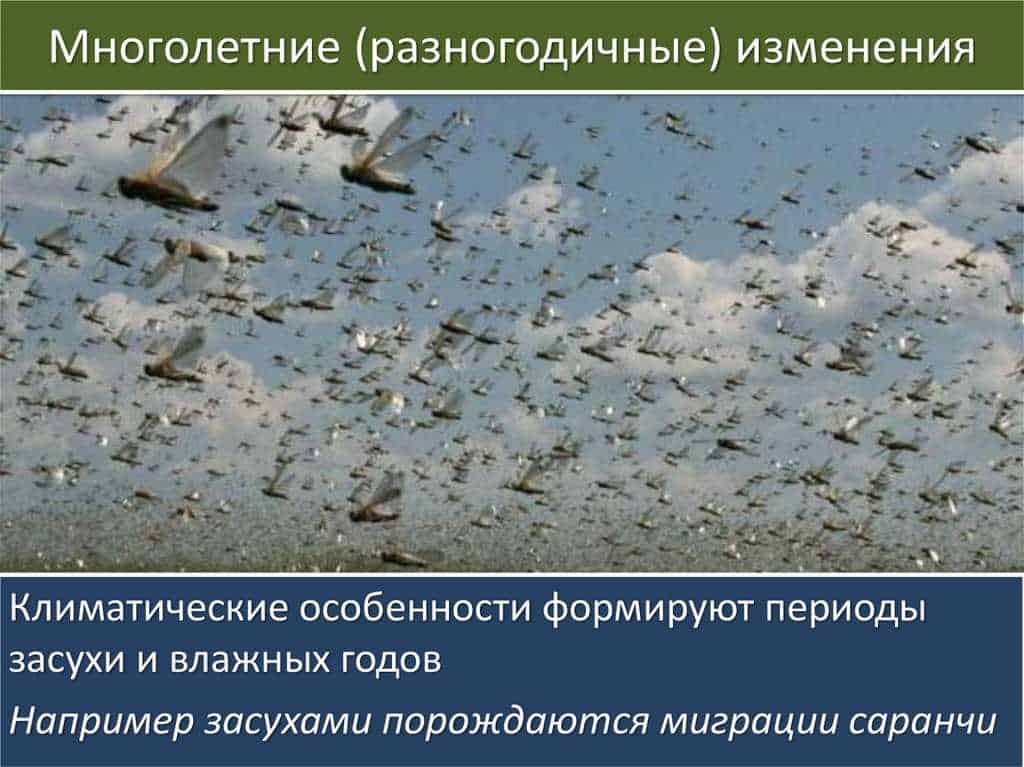
Climate change has a significant impact on the migratory routes of butterflies. The heating of the planet leads to a change in temperature conditions, especially in winter, which in turn affects the behavior of butterflies during migration.
Expansion of migration routes is one of the consequences of climate change. As a result of increasing temperature conditions in some regions, butterflies may expand their migratory routes to find suitable climatic conditions for them.
Changing the migratory routes of butterflies can have both positive and negative consequences. On the one hand, the expansion of migratory routes may allow butterflies to escape adverse conditions in their usual places. On the other hand, this may lead to competition with other butterfly species and ecosystem changes.
More in-depth research is needed to understand and predict the expansion of butterfly migration routes. This will make it possible to develop measures for the protection and conservation of biodiversity, as well as to take appropriate measures to mitigate the negative effects of climate change.
Temperature Dependence of Butterfly Migration
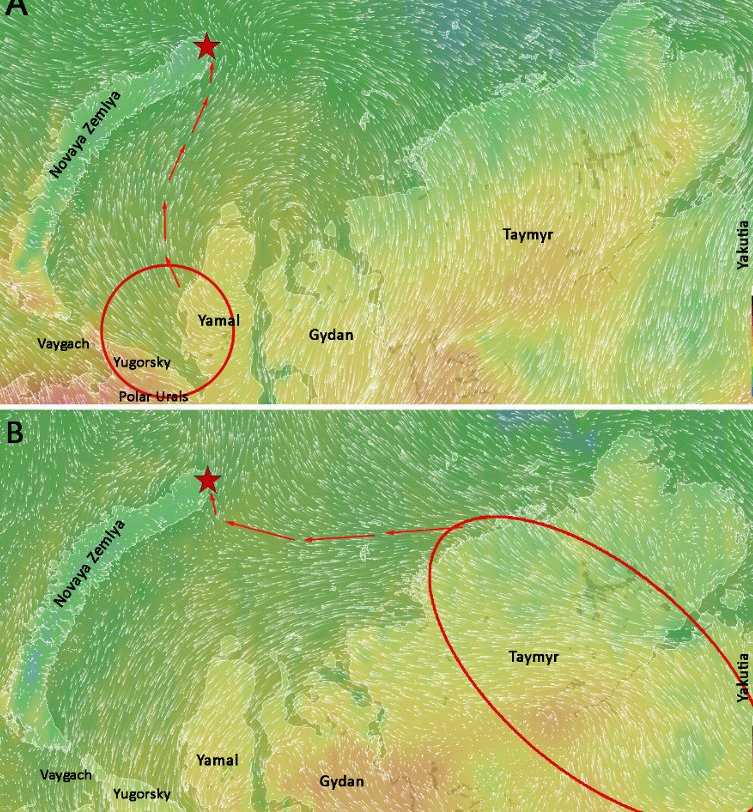
Butterfly migration is a complex and multifaceted process that is largely dependent on the ambient temperature. Temperature plays an important role in shaping the biological rhythms and behavior of butterflies.
High temperatures promote active movement and migration of butterflies. As temperatures rise, they become more mobile, allowing them to easily move between habitats. Butterflies are actively looking for new sources of food, reproduction and more favorable conditions for their development.
However, at too high temperatures, butterflies can run into problems. Their bodies can become stressed and overheated, resulting in reduced energy and reduced flight duration. This can slow down or even stop the migration process, especially if the butterflies do not find suitable conditions for rest and recovery.
Also, low temperatures can affect the migration of butterflies. When the temperature drops, their activity decreases, they become less mobile and may slow down or stop to save energy. This can delay migration and even cause some butterflies to winter instead of continuing their journey.
Therefore, temperature is an important factor influencing the migration of butterflies. Optimal temperature conditions promote active movement of butterflies and successful migration, while extreme temperatures can create obstacles and threats to their movement and survival. Understanding the relationship between temperature and butterfly migration helps develop strategies to conserve and protect them in a changing climate.
An increase in migratory activity with an increase in temperature
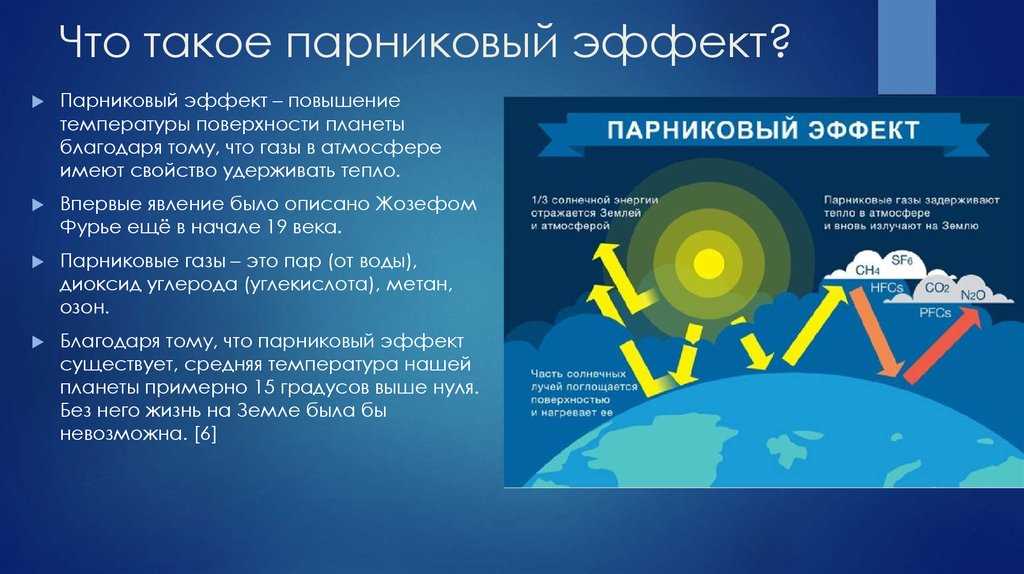
Climatic changes have a significant impact on the migratory activity of butterflies. An increase in temperature is one of the factors contributing to the increase in this activity.
As the temperature rises, butterflies become more active and energetic. They begin to migrate long distances in search of suitable conditions for reproduction and survival. Warm climate zones provide more opportunities for butterflies to find food and breeding sites, so they prefer to migrate to such areas.
Rising temperatures also affect plants, which are the main food source for butterflies. Plants start flowering and fruiting earlier in warmer conditions, which provides the butterflies with more food and promotes active migration.
However, an increase in migratory activity with an increase in temperature can also have negative consequences. Butterflies may face unsuitable conditions in new territories, such as a lack of food or an unsuitable breeding environment. In addition, rising temperatures may lead to increased competition between butterfly species, which may adversely affect their survival and diversity.
Stopping Migration at Low Temperature

Butterfly migration is a complex and unique process that depends on many factors, including ambient temperature. Research shows that low temperatures can stop butterflies from migrating and have serious consequences for their survival.
Butterflies, like many other insects, are ectothermic organisms, that is, their body temperature depends on the environment. At low temperatures, butterflies become inactive and cannot continue their journey in search of food or a suitable breeding site. They stop and wait for the temperature to rise again.
Low temperatures can also have a negative effect on butterfly caterpillars, which are the main target of migration. Butterfly caterpillars also cannot actively move and search for food at low temperatures, which can lead to their death.
It is important to note that climate change could lead to more frequent low temperatures and extended periods of cold, which could seriously affect the migration of butterflies and their populations in general.
Research shows that some species of butterflies are already struggling with climate change and low temperatures. Some populations are declining and some species are even disappearing from certain regions.
To save the migration of butterflies, it is necessary to take measures to combat climate change and protect their natural habitats. This may include limiting greenhouse gas emissions, conserving forests and other ecosystems, and creating special reserves to protect butterflies and their migrations.
Threats to butterfly migration under climate change
Climate change has a major impact on the migration of butterflies and poses a number of threats to their survival. One of the main threats is a change in temperature regimes, which can disrupt the seasonal migrations of butterflies. Certain types of butterflies migrate in search of optimal conditions for reproduction and feeding. If the climate becomes less predictable and stable, the butterflies may not be able to find suitable places to migrate, leading to a decline in their numbers.
Another threat is a change in the distribution of plants that serve as food for butterflies during migration. Under the influence of climate change, some plants may move or disappear from certain areas. This can significantly limit the access of butterflies to the necessary food, which will lead to a decrease in their survival and ability to migrate.
In addition, climate change may affect the breeding conditions for butterflies. Changes in temperature and precipitation may shift breeding seasons or create unfavorable conditions for larval development. This can lead to a decrease in the number of butterflies and disruption of their migration routes.
It is also worth noting that climate change can promote the spread of pests and diseases that can harm butterflies and their migration. Climate change may create more favorable conditions for the development of parasites and pathogens, which threaten the viability and migration of butterflies.
Changing weather conditions
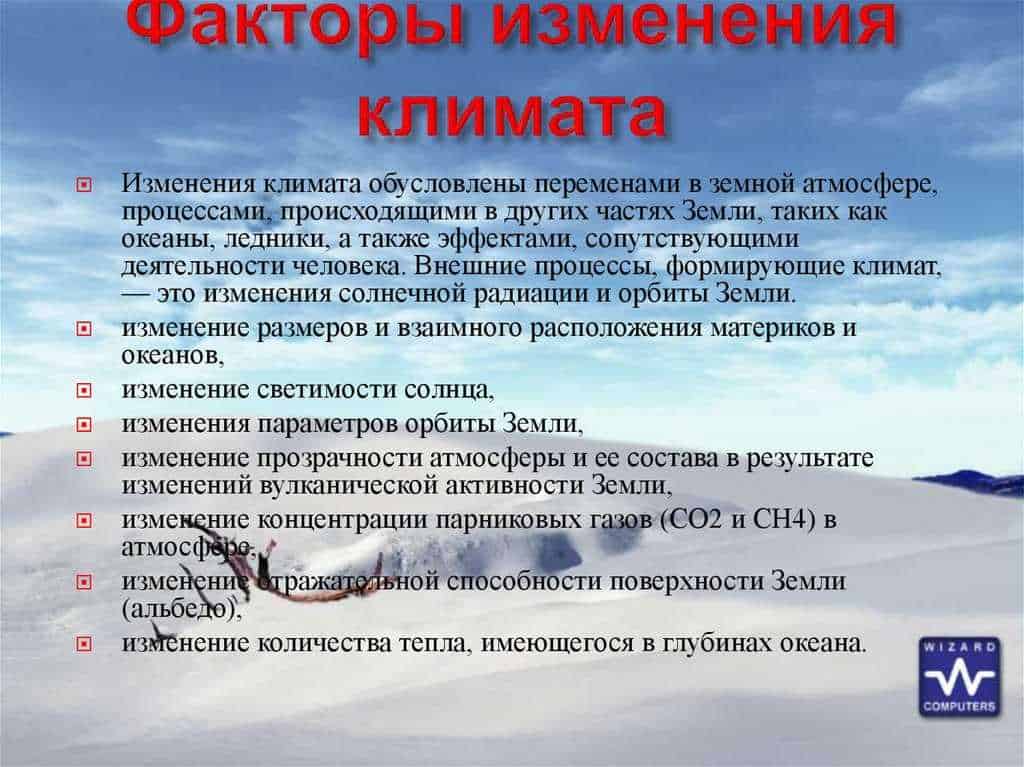
Changing weather conditions is one of the main factors affecting the life and migration of butterflies. With global climate change, weather patterns are becoming unstable and unpredictable. This can have serious consequences for butterfly populations.
One of the main effects of changing weather is an increase in extreme events such as droughts and floods. These events can lead to a loss of food sources for butterflies, such as nectar and host plants. Drier conditions can also lead to a decrease in water availability, which can negatively affect butterflies that require a moist environment to thrive.
In addition, changing weather can change the seasonality and duration of various phases of the butterfly's life cycle. For example, an increase in temperature can lead to an earlier emergence of adult butterflies or accelerate the development of larvae. This can have negative consequences for the butterflies, as they may not have time to find suitable plants to lay their eggs or food sources for themselves and their offspring.
Changing weather patterns can also change the distribution of butterflies. Some species may be forced to migrate to colder or wetter areas in search of better living conditions. However, not all species are able to adapt to such changes and may face the threat of extinction.
Restricting access to resources

Climate change significantly affects the availability of resources for butterflies and may limit their ability to migrate.
One of the main resources for butterflies is food, in the form of nectar, which they get from plant flowers. Climate change can lead to changes in plant distribution and flowering, which can lead to reduced access to food sources for butterflies.
In addition, butterflies also depend on certain environmental conditions for reproduction. Climate change may lead to changes in these conditions, such as changes in temperature and humidity, which may lead to restrictions on the access of butterflies to breeding sites.
Restricting access to resources can have serious consequences for butterflies. Lack of food can lead to malnutrition, which reduces their survival and ability to reproduce. Restricting access to breeding sites can lead to population decline and even extinction of some butterfly species.
Thus, limiting access to resources is a major threat to butterflies in the face of climate change. It is necessary to take measures to preserve and create favorable conditions for their survival and migration.
Butterfly migration betrayals

Butterfly migration is a phenomenon that embodies the beauty and wonder of nature. However, modern climate change poses a serious threat to this unique phenomenon. Butterflies, which are used to migrating long distances in search of suitable conditions for reproduction and survival, are faced with a number of betrayals that could lead to their extinction.
One of the betrayals associated with climate change is the change in weather conditions along butterfly migration routes. Changes in temperature, precipitation, and wind create unfavorable conditions for migration, leading to disruption of natural routes and loss of orientation. Butterflies lose the ability to find suitable places for feeding and breeding, which leads to a decrease in their numbers and even the extinction of some species.
Another betrayal associated with climate change is habitat loss. Due to global warming and the destruction of natural ecosystems, many areas previously suitable for butterfly habitation and reproduction are becoming unsuitable. Deforestation, reduction in the area of flower meadows and changes in vegetation composition all lead to a decrease in the available space for butterflies and threaten their survival.
Overall, climate change-driven treachery of butterfly migration is a major threat to their abundance and diversity. Measures must be taken to reduce greenhouse gas emissions, preserve natural migration routes and protect the habitats of butterflies to prevent further extinction of these beautiful creatures.
Human impact on butterfly migration
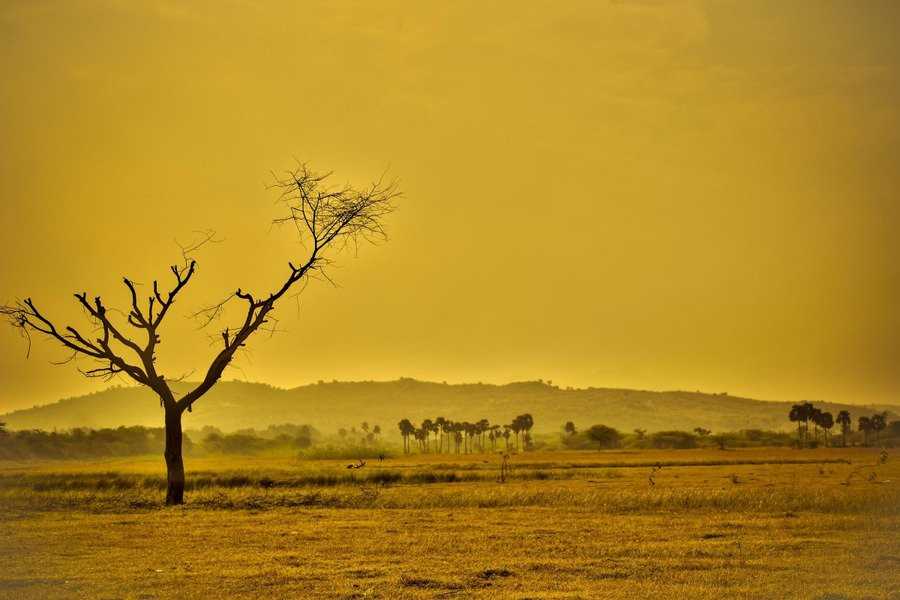
Human activities have a significant impact on the migration of butterflies and may be one of the reasons for the threat and betrayal they face. One of the main factors affecting the migration of butterflies is the destruction and change of their natural habitats.
Terrain Change: The expansion of urban areas, industrialization and the development of land for agriculture lead to a reduction in the natural habitats of butterflies. Part of the meadows and forest areas, which previously served as a place for feeding and breeding of butterflies, are turning into urban areas or fields. This leads to the loss of food resources and places to lay eggs, which makes it difficult for them to migrate and increases the risk of extinction of some species of butterflies.
Use of pesticides and herbicides: The use of chemical plant protection products such as pesticides and herbicides can adversely affect butterflies. They can destroy plants that serve as a food source for caterpillars, or have a toxic effect on butterflies directly. This can lead to a decrease in the number of butterflies and disruption of their migration.
Changing of the climate: Global warming and climate change are having a major impact on butterflies and their migration. Changes in temperature regimes can affect the nutrition, reproduction and migration of butterflies. Some species of butterflies, for example, migrate to colder regions in search of suitable feeding and breeding conditions. However, if climate change makes these regions unsuitable or inaccessible, the butterflies may be hindered in their migration and have difficulty surviving.
In general, human impact on butterfly migration is a major threat to them. In order to preserve biodiversity and prevent the extinction of some species of butterflies, it is necessary to take into account and minimize the negative impact of human activities on their habitats and climatic conditions.


